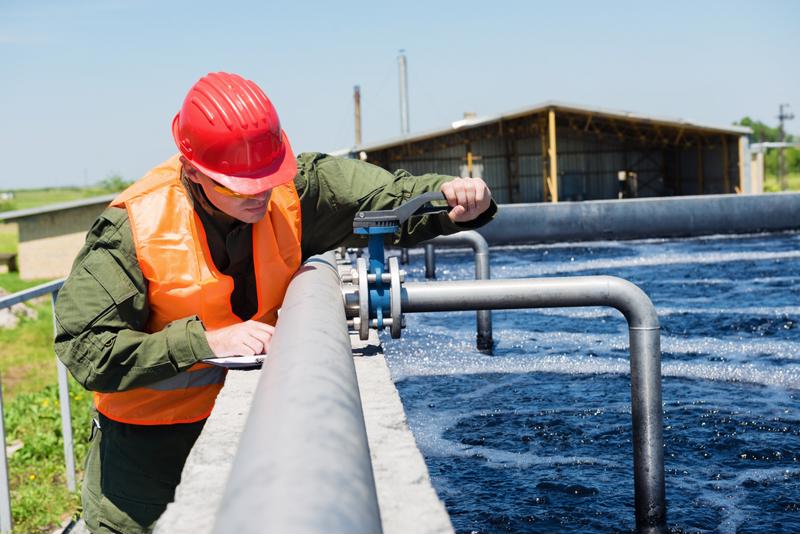The water and drainage pipe manufacturer Forterra, Inc., along with a handful of its executives and dozens of other parties, have been named as defendants in a securities class action lawsuit which alleges a number of failed disclosures or inaccurate statements ahead of its initial public offering.
Specifically, the suit claims the company did not reveal to potential investors that sales for its drainage and water segments had been slumping to a large extent for months before the IPO, and that increased pricing pressure was affecting it across multiple markets, most notably Houston, Texas, where it had a strong business base. In addition, the suit alleges the company had been dealing with ongoing issues for its concrete and steel pipe segments, and had been losing business to other companies thanks to issues at its production plants. Finally, it claims the company did not have sufficient internal controls for accounting on certain transactions.
The shareholder class action suit was filed in the U.S. District Court for the Eastern District of New York and has a class period from Oct. 19, 2016 – the day of the IPO – through Aug. 14, 2017. In addition to naming the company itself as a defendant, the suit also named chief executive officer Jeffrey Bradley, chief financial officer William Matthew Brown, senior vice president and general counsel Lori Browne, and a slew of about two dozen other individuals and entities, including name-brand financial institutions such as Goldman Sachs and Citigroup.
 Forterra faces a securities class action alleging multiple failed disclosures.
Forterra faces a securities class action alleging multiple failed disclosures.What happened?
The first signs of trouble for Forterra’s business began to appear in mid-May, when it revealed what Bradley called “disappointing” financial performance for the first quarter of the year. He added, “we do not believe it is representative of the long-term strength of our business and our competitive position in the industry. Our earnings results for the quarter were impacted by a number of factors that unfortunately will persist through the second quarter of 2017.”
When the second-quarter results came out in mid-August, those financials were likewise “lower than expected” with Bradley mentioning weather issues, unexpected pricing pressure and higher costs. However, he further characterized the issues as being relatively short-term, saying he’s enthusiastic about the company’s second half and longer-term growth prospects.
How did the stock price move?
Forterra’s IPO was priced at $18 per share and it spent most of the next several months at or above that level. However, it started to slide precipitously in mid-May, around the time the first-quarter results were released. By mid-June, the stock price had fallen to just $6.23, and fell again when the second-quarter filings were announced, hitting a low of just $3.06 in early September. The price has recovered somewhat since then; today, stock in Forterra trades at $4.35 per share.
For more information on this case or other class action litigations, please contact Kevin Doyle, Senior Vice President, at 203-987-4949 or info@battea.com.
